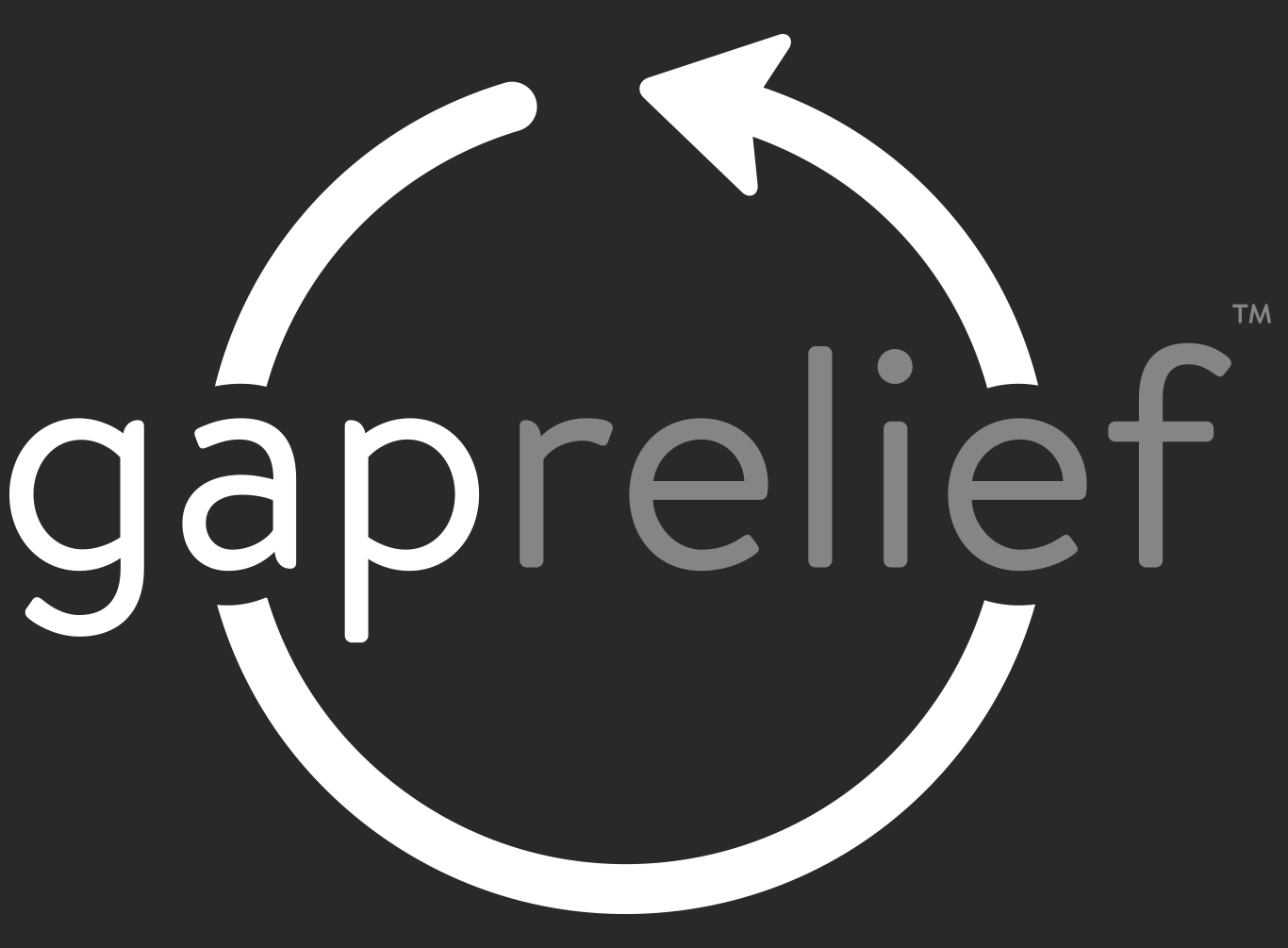Different Types of Therapy
Every counselor goes about their practice a little bit differently, but there are common methods and disciplines therapists utilize depending on their training and the types of clients they see. Knowing these different types of therapy can be helpful when searching for a counselor that will best fit your lifestyle and your individual needs. We want to share some of the primary methods many of our Gap Relief counselors utilize in our trauma-informed practice, as well as other methods that may be helpful for anyone on a healing journey.
The snippets below include very brief overviews of complex counseling models and are by no means exhaustive. As always, if you have questions or would like to know more about any type of trauma care, we are here to help!
Emotion Focused Therapy (EFT)
This is the gold standard for marriage therapy. EFT tracks the pursue and withdraw dance moves of intimate partners as they navigate both present-day and historical stressful experiences. This model uses research-based bonding science to create experiences where couples grow in what it means to walk secure attachment with each other. True to its name, EFT emphasizes and prioritizes emotion and emotional regulation within partnership interactions and healing experiences. This model is best for couples looking for relief from the stuck negative loop (or cycle) in which they can often find themselves.
Internal Family Systems (IFS)
IFS is a practice that breaks down our own bodies and minds into different inner parts and facets working together to live and function as our core self. IFS assumes that we have no bad parts, and helps us build understanding and relationship with ourselves–especially when different parts are contradicting each other (example: when we want to have a healthy relationship with another person, but a wounded and traumatized part of ourselves prevents this bond). IFS is a highly effective trauma-informed model of therapy.
Eye Movement Desensitization and Reprocessing (EMDR)
EMDR is a practice that relieves and releases the stress caused by traumatic memories and experiences. It builds a predictable and safe way to go towards trauma by means of lateral eye movements using external stimuli (tapping, sound effects, lights, etc). This sounds complex, but the discipline is highly effective and scientifically proven to relieve the symptoms caused by traumatic memories. Clients typically like EMDR because it is less focused on talking and more focused on providing a safe space for our brains to re-process an event with more resourcing.
Trust-Based Relational Intervention (TBRI)
TBRI is highly effective and utilized for kids struggling with trauma and attachment. It includes a high understanding of how trauma impacts the ability to bond safely in relationships and how that ability then impacts emotional, psychological, and physical health as well as individual and group behavior. TBRI reframes behavior as a nervous system response rather than “good” or “bad” and equips others to respond in ways that may help to regulate the nervous system.
These are just a small few of the practices that we at Gap Relief are trained in and utilize daily when we work with our sectors to better serve their communities. These Helpers are standing in the fire of trauma and hardship so that the rest of us can live lives with more resourcing and safety. Using these methods, we can help hold them up so they can keep going.

